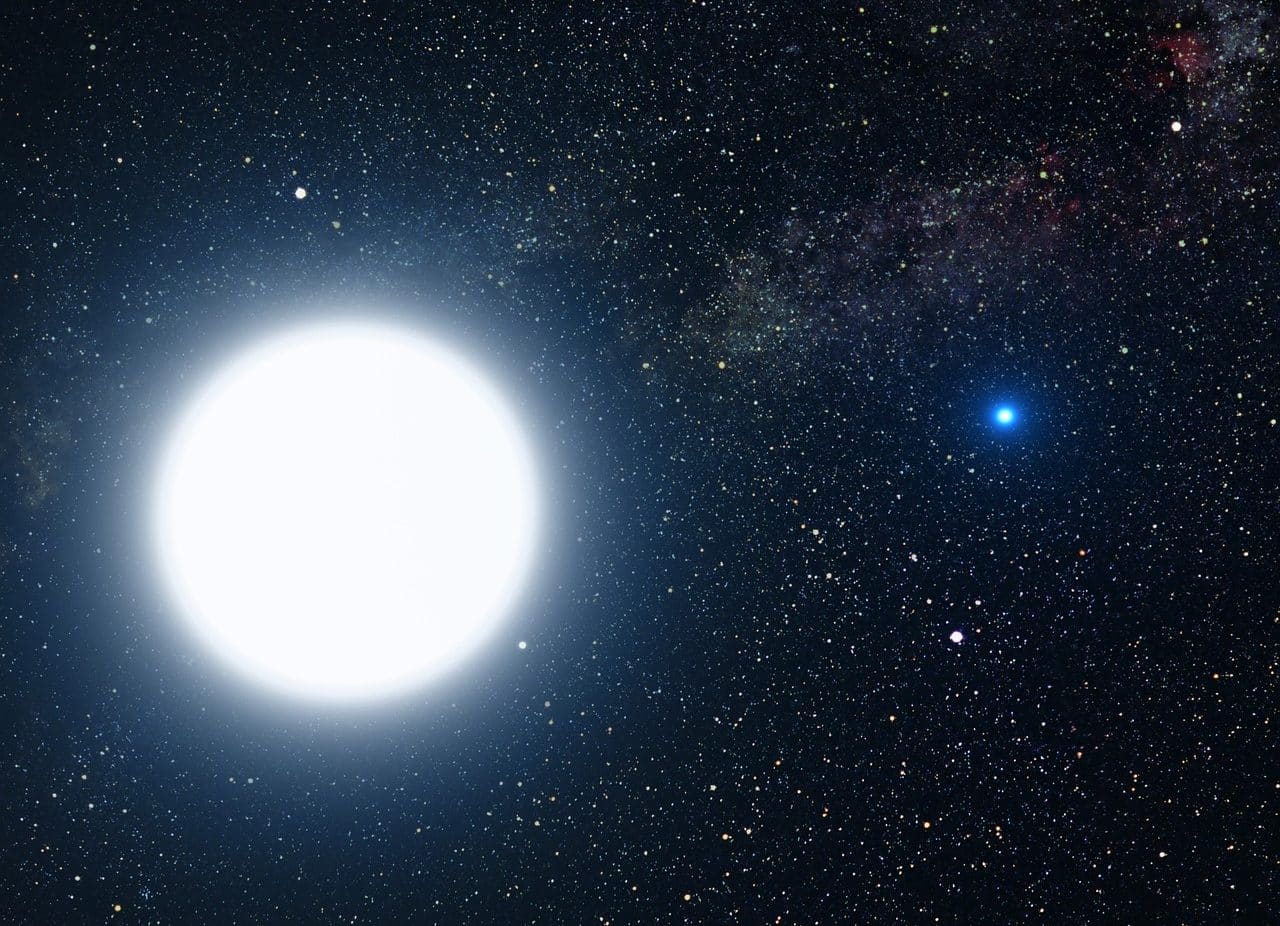
Among binary stars it is possible to distinguish, for example, the close binary star, the low and high mass binary, the short or long period binary, etc.
Binary star is an expression used in the field of astronomy to identify a type of star system that is made up of a pair of stars that are characterized by orbiting around a shared center of mass .
When the distance between this type of star is very short, individual stellar evolution is subject to influence or conditioning as a result of the transformations of the companion. The stellar progress of binaries, therefore, is understood holistically, as a whole.
There are certain particularities that distinguish them, classifications that provide more details about them, associated phenomena and scientific discoveries linked to binary stars , which is why throughout this publication we will share multiple data in relation to this topic.
Types of binary stars
Binary stars , depending on their characteristics, are divided into different families.
Visual binaries , to name a specific variety, are distinguished without major complications through the use of telescopes despite the fact that their detection is not so simple because their corresponding orbital period usually extends for more than one hundred years. If some are placed ahead of their respective companions and end up eclipsing them, however, the category of eclipsing binaries becomes relevant. In this case, experts take into account the light curve , but as the luminosity varies, in certain circumstances these stars can be confused with a variable star .
There are also astrometric binaries (which are detected as a consequence of the disturbance that one star produces in the movement of the rest as a result of the attraction associated with gravity) and spectroscopic binaries (those that, once analyzed its spectrum , it is found that it is composed of spectral lines of a pair of stars). In the latter case, the spectroscopy of the star is studied and the so-called Doppler effect is used to evaluate the luminosity with the purpose of reliably establishing whether they are binary stars .
If classified based on how each system is configured, then the specifications of separated binary , semi-separated binary and contact binary gain prominence, as appropriate.

Using a telescope it is possible to see visual binary stars.
Discovery
In 1783, an amateur astronomer named John Goodricke gave impetus to the idea of investigating the existence of stellar groups. Almost two decades later, William Herschel focused on the study of unions of stars that, as a result of the laws of attraction, come together to form a system. Thus, work was carried out on the observation, definition and classification of double stars , false binary stars and authentic binary stars .
In this context, Herschel spent time measuring both the orientation and the degree of separation of hundreds of pairs that apparently met the conditions to be classified as binary . According to his records, after twenty years of observations he detected that approximately five dozen pairs had changed their orientation.
Obtaining data about this type of systems is essential to deepen and certify the knowledge related to star formation. By analyzing binary stars , as deduced from practice, astronomical experts are able to establish the mass of, for example, a distant star , find out the radius and temperature and thus advance the knowledge of stars that are not binary .

Collision and stellar merger involving binary neutron stars are generators of heavy elements such as platinum and gold.
Phenomena and processes connected with binary stars
There are various processes and phenomena that are linked to binary stars . A binary system made up of a pair of stars that has a low average mass, to describe a possibility as a reference, can become the starting point for the emergence of class Ia supernovae .
Nor can we ignore the chance of detecting an X-ray binary , which is made up of a compact object (either a black hole or a neutron star ) and a conventional star belonging to the so-called main sequence . There are both high and low mass X-ray binaries .
It should also be noted that in certain pulsars or supernovae a phenomenon known as mass transfer is important. In this framework, a matter that is gravitationally attached to a body (which is usually a star ) is gravitationally coupled to another body (usually a black hole , a white dwarf or a neutron star ) and ends up accreting in he.
As research does not stop, from time to time revolutionary news emerges that add interesting details about binary stars . Not long ago, for example, a discovery by Embry-Riddle Aeronautical University was made public based on an atypical binary star system with a twin profile with a circular orbit , X-rays and a considerable mass. In it, it was possible to see an "ultraexploded" supernova or in a stage of exhaustion. These types of models, specialists point out, represent excellent opportunities to investigate and reconstruct with increasing precision the beginning of the universe and, at the same time, better understand the dynamics of the cosmos.
